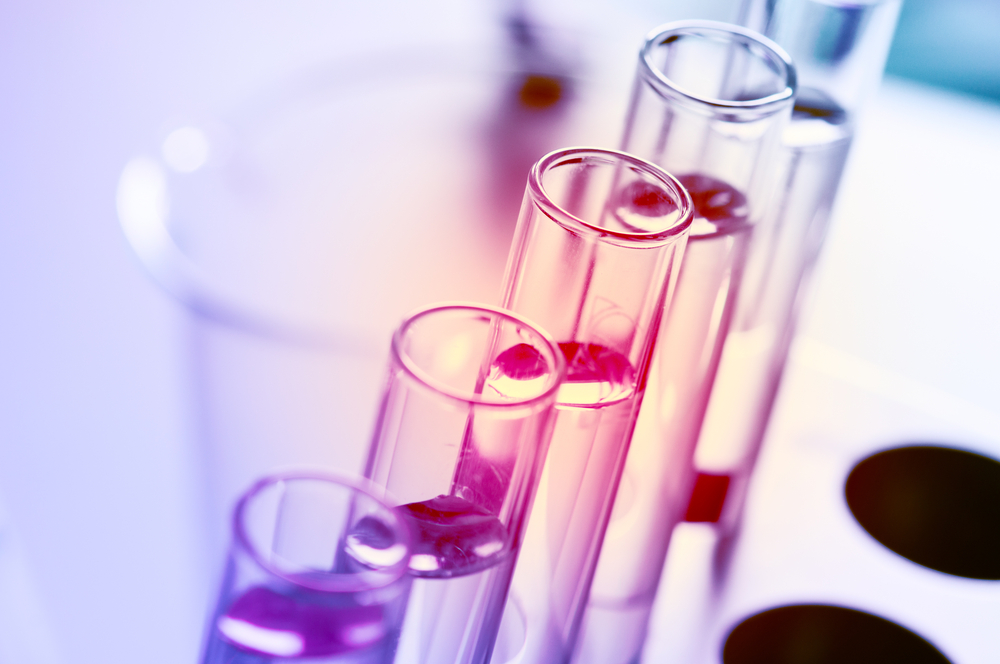Researchers Find Specific Autoantibody Linked to Peripheral Nerve Damage in Sjögren’s Syndrome
Written by |

Researchers recently identified an autoantibody — an antibody produced against a person’s own tissue or molecule — significantly associated with the peripheral nerve damage common in Sjögren’s syndrome patients.
This finding may help scientists understand the cause and development of peripheral nerve damage in this autoimmune disease, as well as identify potential new therapeutic targets.
The study, “Anti-calponin-3 autoantibodies: a new specificity in patients with Sjögren’s syndrome,” was published in the journal Arthritis & Rheumatology.
Sjögren’s syndrome is a systemic autoimmune disease that affects the entire body. Autoimmune disease occurs when the body mistakenly identifies its own tissues/molecules as foreign and produces autoantibodies against them.
A wide variety of nervous system complications are characteristic features of Sjogren’s syndrome, of which peripheral neuropathy — damage of the peripheral nerves — is a major one. Peripheral neuropathy can cause weakness, numbness, and pain, usually in the hands and feet.
Given the frequency of peripheral neuropathies in Sjögren’s syndrome, researchers at Johns Hopkins University School of Medicine investigated to see if there was an autoantibody associated with the disease.
Autoantibodies targeting nerve cells in the dorsal root ganglia (DRG) have been identified and associated with several nervous system diseases. Autoantibodies may serve as diagnostic biomarkers, help to define prognosis, and provide knowledge on the mechanisms behind disease development.
The DRG, which lies between adjacent vertebrae, is a cluster of peripheral sensory nerve cells that send signals about physical sensations back to the spinal cord and the brain. The DRG and the non-nerve cells that surround and influence them — satellite glial cells — are involved in the development and maintenance of nerve pain.
Using a blood sample from a Sjögren’s patient, researchers found the presence of an autoantibody against calponin-3, a protein involved in muscle contraction and the organization of the cytoskeleton — the structure that helps cells maintain their shape and internal organization.
Then the team analyzed the presence of calponin-3 autoantibodies in blood samples from individuals with Sjögren’s syndrome (209 patients) and other autoimmune diseases, such as lupus (138 patients), myositis (138 patients), and multiple sclerosis (44 patients), all from John Hopkins centers. Blood samples from 46 healthy individuals were used as controls.
Among Sjögren’s patients, 39 individuals had peripheral neuropathy, 71 reported neuropathic-type pain but had no peripheral neuropathy, and 99 had no neuropathy.
The Sjögren’s group showed a higher frequency of calponin-3 autoantibodies among the autoimmune diseases analyzed, with 23 patients (11%) positive for the autoantibody, which was also higher than the control group, a difference that was found to be almost significant.
Twelve lupus patients (8.7%), three multiple sclerosis patients (6.8%), and seven myositis patients (5.1%) were positive for the calponin-3 autoantibody.
When comparing the control group with the three different subsets of Sjögren’s patients based on neuropathy manifestations, researchers found that calponin-3 autoantibodies were significantly associated with patients who had peripheral neuropathy (seven out of 39 patients, or 17.9%).
This suggested that calponin-3 would normally be found in peripheral nerve cells, such as DRG nerve cells, and that the presence of autoantibodies would lead to their damage and to neuropathy manifestations.
To the researchers’ surprise, when they analyzed calponin-3 in a rat model, it was not present in the DRG nerve cells, but in the satellite glial cells surrounding them. Since these cells are important for the normal functioning of DRG nerve cells, it is possible that autoantibodies targeting satellite cells contribute indirectly to DRG damage.
The team noted that additional studies are required to confirm the association of calponin-3 autoantibodies with neuropathies in Sjögren’s syndrome, and to understand the functional mechanisms behind that association.





